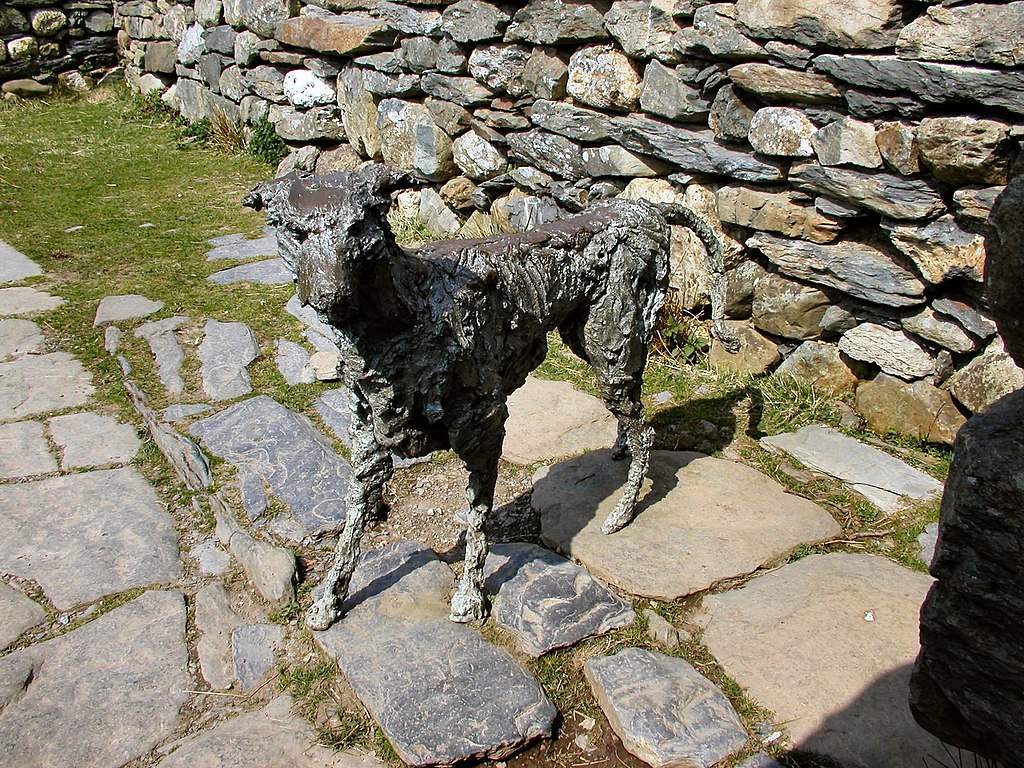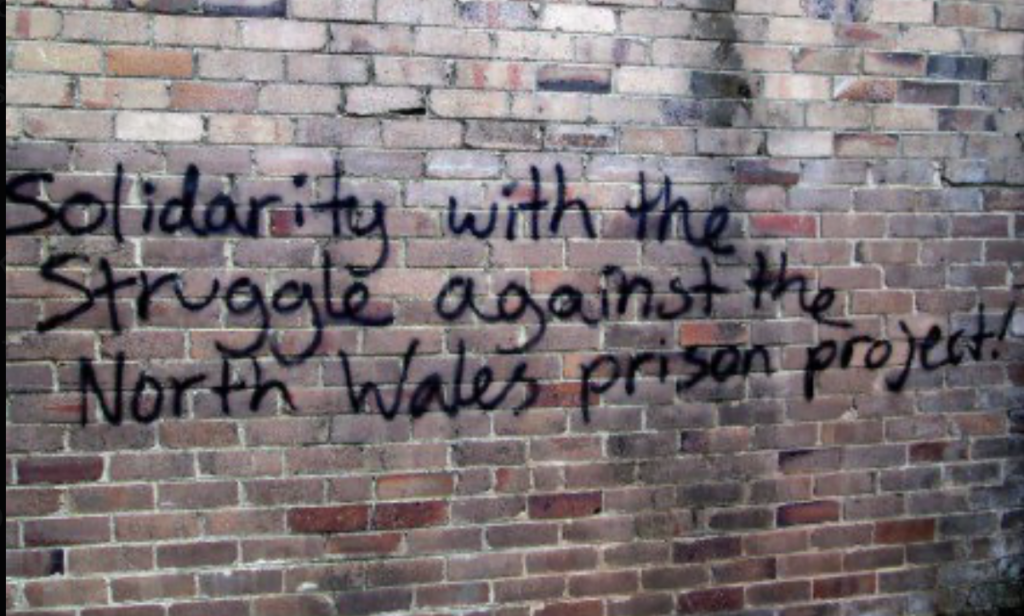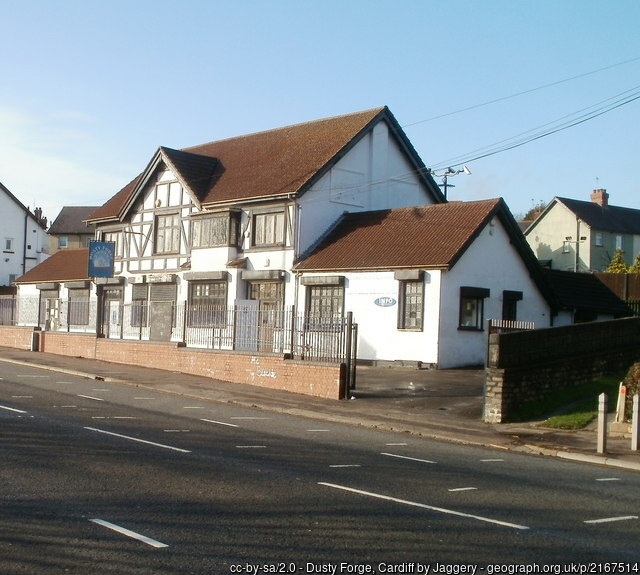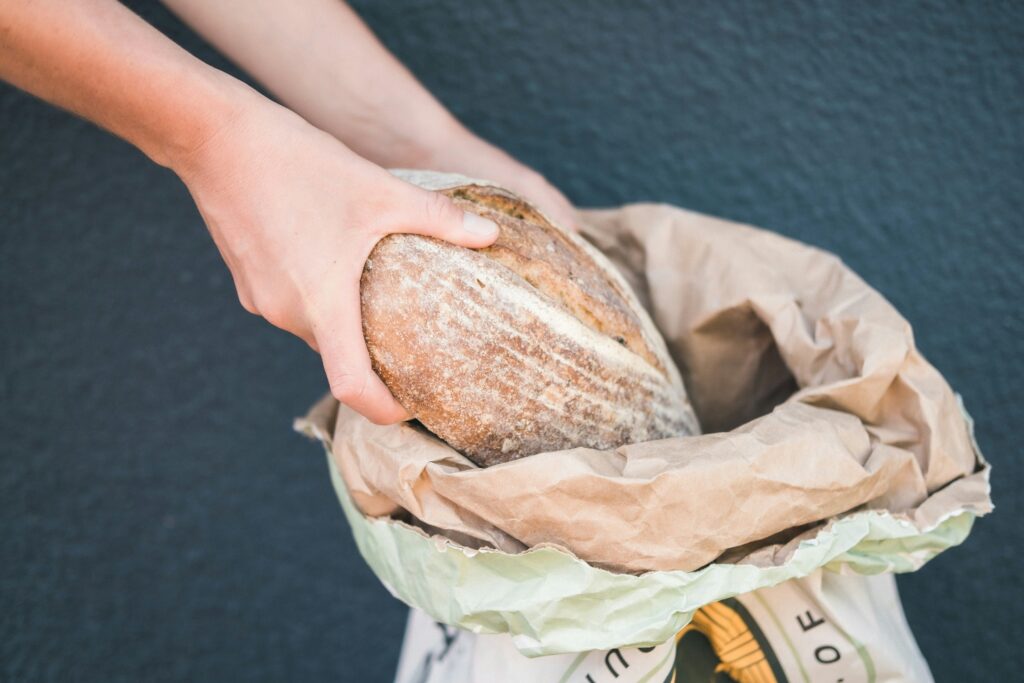Llyr ap Gareth presents new research on the role of stories in making Wales’ heritage more accessible, and the role SMEs can play.
“Beddgelert is just the thing, isn’t it? Because it’s a myth made to bring people in.” – FSB focus group participant
The year is 1802. On a dark night in the heart of Snowdonia, two men are carrying a large stone.
One of them has a plan. The manager of the Royal Goat Hotel in the small rural village Beddgelert has spotted an opportunity in modern development nearby. A few miles away new workers have been brought in on an infrastructure project to dam the sea reclaiming land for what would become the port town of Porthmadog.
The Romantics have reimagined wild spaces such as Snowdonia as authentic spaces to visit and hike away from the increasingly mechanised and urban world, making them an attractive proposition for new visitors.
To this, the enterprising hotelier adds the final key ingredient – storytelling.
Most readers will know the story of Gelert, but here’s a (very) quick summary. The stone the men carried would serve as the grave of the story of brave dog Gelert, cut down in his prime by his master, the Welsh Prince Llewelyn. He mistook the blood on Gelert’s jaws as the blood of his baby son, rather than that of the wolf the brave dog had saved the baby from, before being struck down by the impetuous Prince.
That most traditional of Welsh creative industries – a poet – was employed to write the story of Gelert in order to market the village ‘Beddgelert’ (‘Gelert’s Grave’). Beddgelert serves as a visitor honeypot to this day, with all the benefits and challenges that this produces.
By opening up a new range of new stories to present to visitors, we can bring in wider experiences of what Wales is and can be
In a thoroughly modern way, this origin story underpins successful tourism and hospitality entrepreneurship, taking advantage of changing market conditions and new consumer needs to provide a branding to a particular place, and making local stories our own to project to the wider world. It shows that opportunities are created in changing economic times to harness local skills to build for the future, to tell new stories and new place-making, and that we need to trust our people to identify those and share them with passion.
Telling stories is at the heart of how we present ourselves to the world, as individuals, communities, nations. So, who tells our story to bring a distinct Wales to the world?
To put it another way, how would you say what your favourite places are and why? Do your recommendations hold more sway than strangers’ with your friends? Aren’t they always better when you take the stories made locally by those in the know?
It won’t surprise readers to hear that I am originally from Beddgelert, and that I share stories of the area regularly without thinking about it. My favourite spot – #MyHiddenGemFSB– is Llyn Llywelyn, a little enclave picnic spot in the woods walking between Beddgelert and Rhyd Ddu, a quiet spot by a small lake which always makes me feel peaceful (which frankly is a reason why I’m reluctant to share it here!). I’m sure we all have our similar spots, local businesses, and experiences we cherish in Wales.
FSB’s new report, ‘Welcoming Communities: Developing Tourism in Wales’ looks at how we can harness our different stories,experiences and offer to develop the distinctiveness of the Welsh brand, to tell a more authentic and wider story of who we are and what we have in Wales. By taking a bottom-up approach, we would ensure our SMEs can shape and have ownership of that brand and are able to shape it and contribute into it, and to practically use it in their own marketing.
Innovative. Informed. Independent.
Your support can help us make Wales better.
Our aim is thus to move from a Welsh brand that is ‘done to’ SMEs, to making SMEs co-producers of that brand.
By opening up a new range of new stories to present to visitors, we can bring in wider experiences of what Wales is and can be, alongside the traditional stories of mountains, rugby, and mining. There is no need to throw away our traditional tales and selling points, but we must allow a means to experiment and try to provide an outlet for new experiences Wales has to offer as well.
How can we achieve this? We always hear the need to engage, but how do we build it into the bricks of everything we do?
It is vital that we ensure that the medium or platform by which we produce the branding sits with the message we wish to produce. By providing the means to create stories rooted in local experiences, we can shape a distinctive approach to providing a distinctive brand, and one in which SMEs will have engaged and taken part, as well as signed up to wider principles for consistency. All this also has the advantage of providing a wider range of material to serve wider segmented markets and ‘learning by doing’ and exploration of what works. We may find surprising new pitches!
As such, we have recommended extending Visit Wales’ digital hub for SMEs to produce their own content using a Welsh brand. It would work similarly to when we go online to design bespoke birthday cards.
This content’s use could then be monitored and measured for new areas of successful marketing through a decentralised approach looking to use SMEs’ own experience and expertise in their own markets to help Visit Wales’s general approach.
An approach that encourages businesses to tell their own stories can help build the sector anew from the bottom up
SMEs’ access to the digital hub to build their own marketing would be dependent on signing up to a pledge or code of conduct (aligned with another recommendation in our report for an extension of the ‘visitor’s pledge’ Wales has in place, ’Addo’, or‘Promise’) and agreeing to data monitoring by Visit Wales and Welsh Government to track successful campaigns and see what works. Any pledge could align around the Future Generations agenda, with an aim toward expanding sustainable tourism, which also provides a wider story for the brand and links to Welsh Government strategy.
Free translation should be explored as an option throughout this process as our businesses in our focus groups felt that the Welsh language was a boon to market to visitors by businesses.
Use of templates could ensure consistency while allowing for flexible user generated content aimed at specific markets determined by SMEs, and the process could be made more open or closed as we go on and evaluate its success.
This also opens spaces in business for new skills and opportunity to training such as digital and marketing skills, green skills to aim for green brand priming businesses to build for the future.
This proposal is an illustration of some our principles in looking at the future for tourism in Wales, one that seeks to provide value for small businesses as the key actors in local economies, throug taking a bottom up approach and providing for local place making, while acknowledging the multitude of different needs within businesses that are affected by the visitor economy. Our report also looks at ways to influence visitor behaviour and promote understanding of the area through a visitor’s pledge, and the need to disperse tourists away from honeypots and outside the busiest seasons. It also assesses issues such as a proposed tourism tax and the costs of doing business in the current economic climate.
An approach that encourages businesses to tell their own stories can help build the sector anew from the bottom up, using what we all have to offer in what we love about Wales and our communities. By harnessing Small Businesses and providing them with a platform to shape their story of Wales, we can provide a happy ending for the tourism economy in Wales.
All articles published on the welsh agenda are subject to IWA’s disclaimer.





